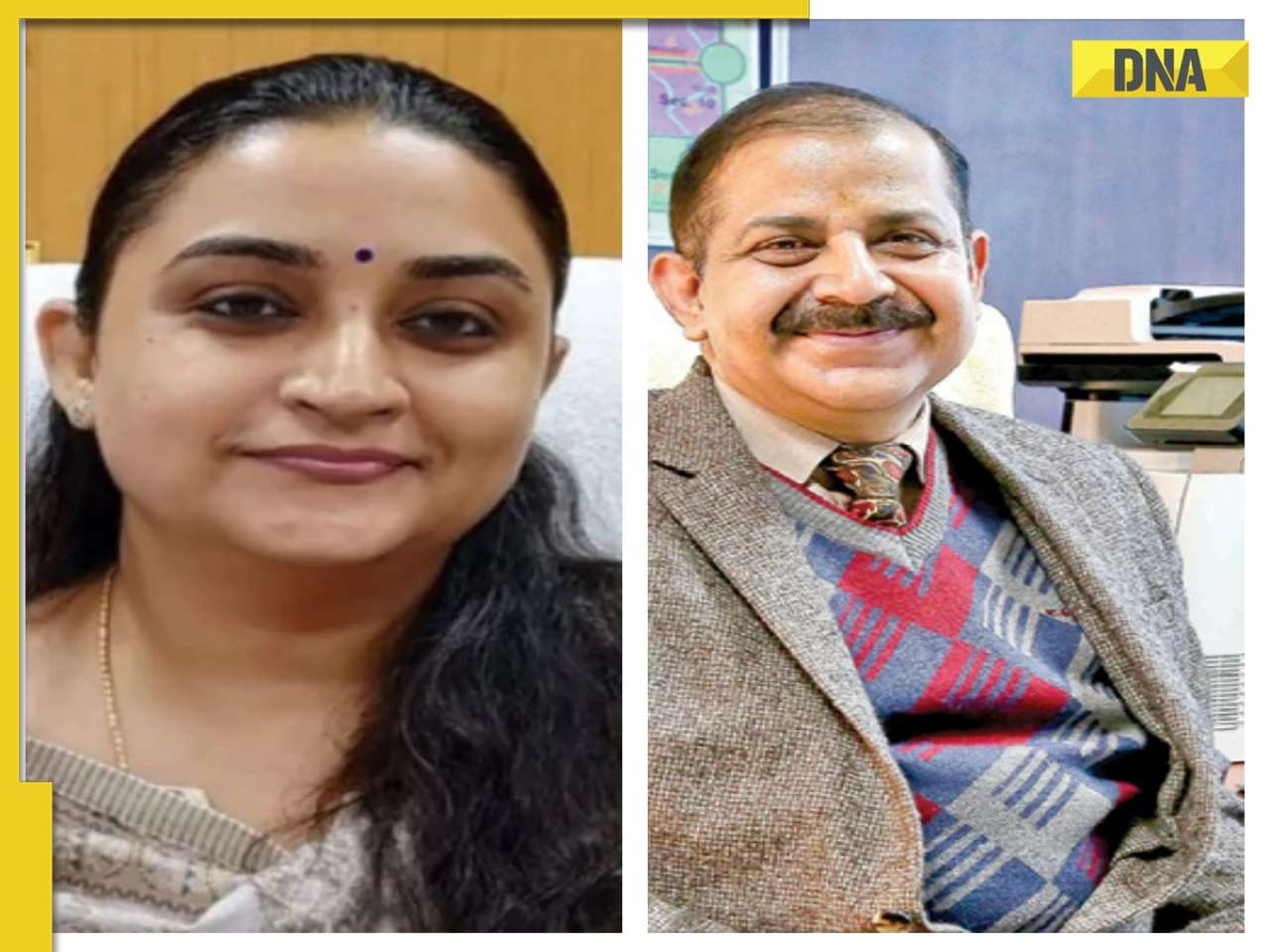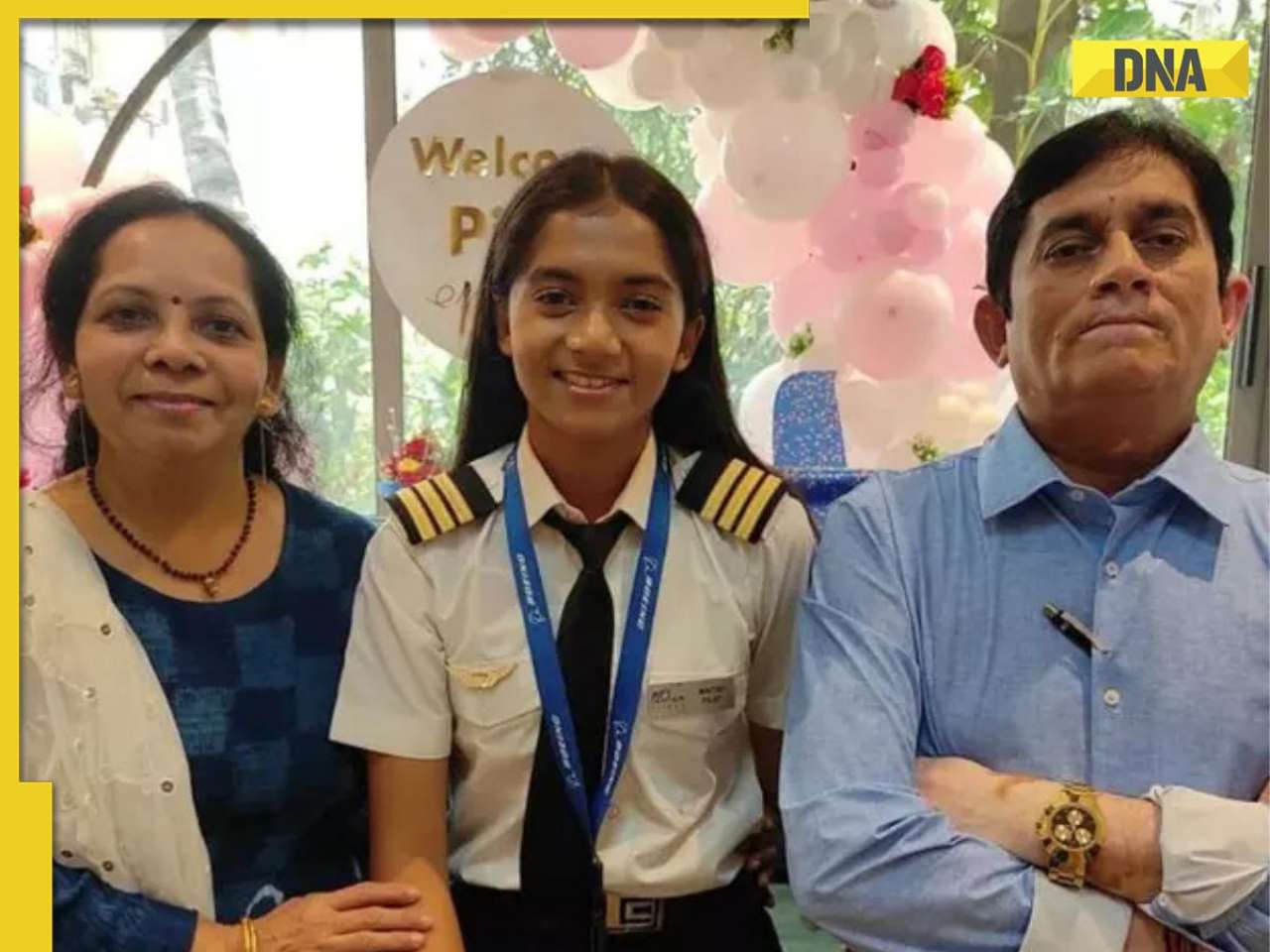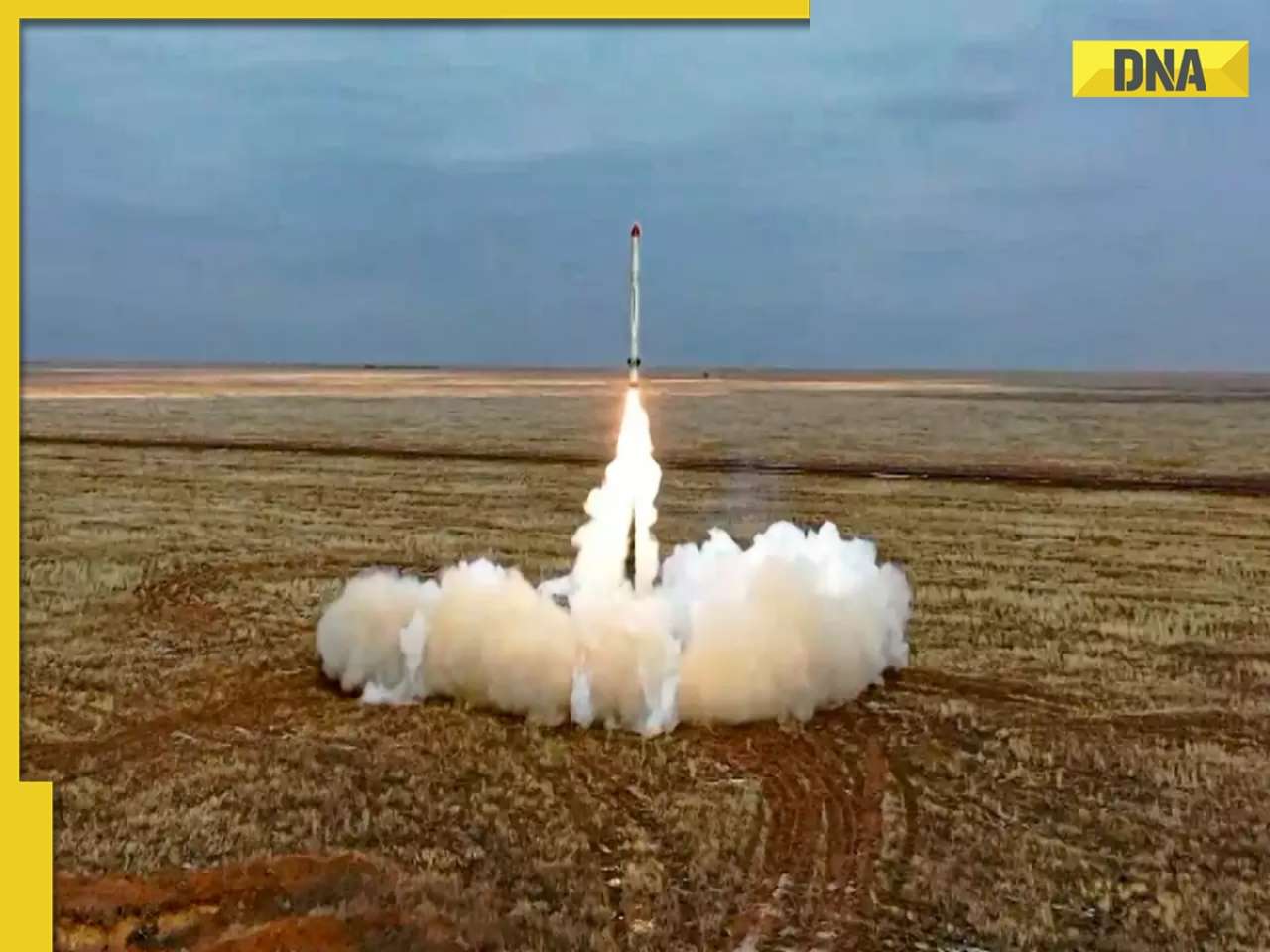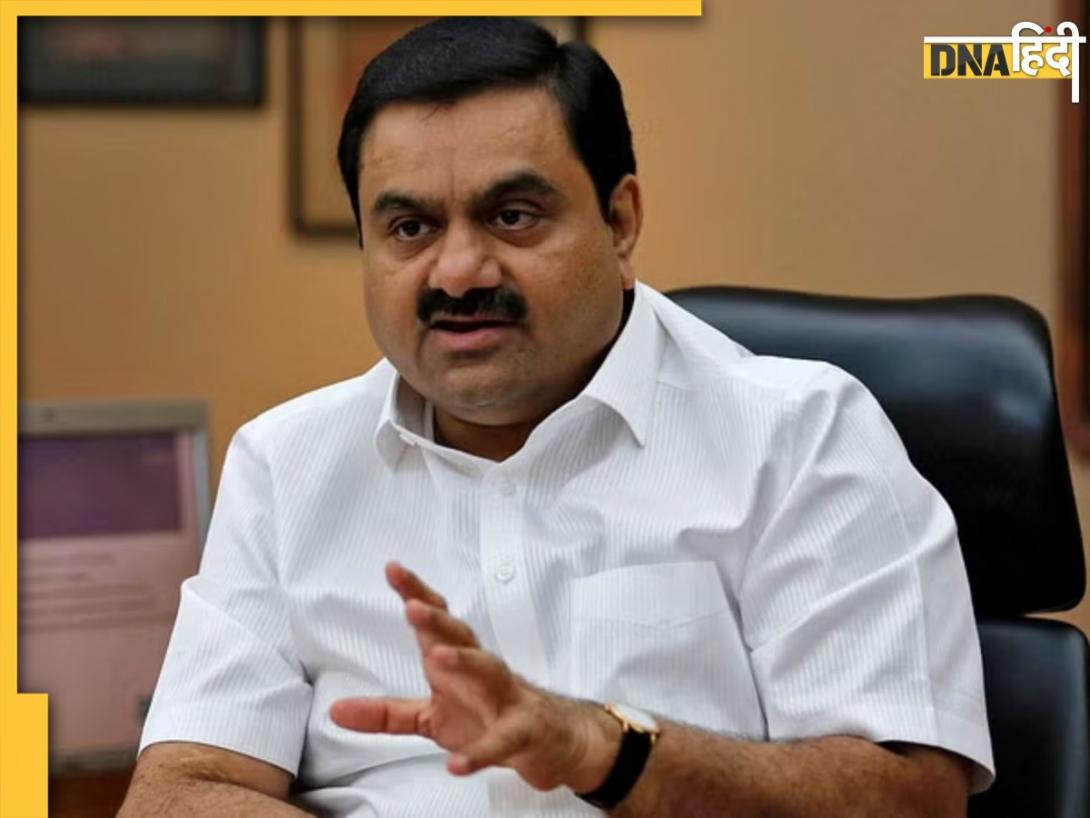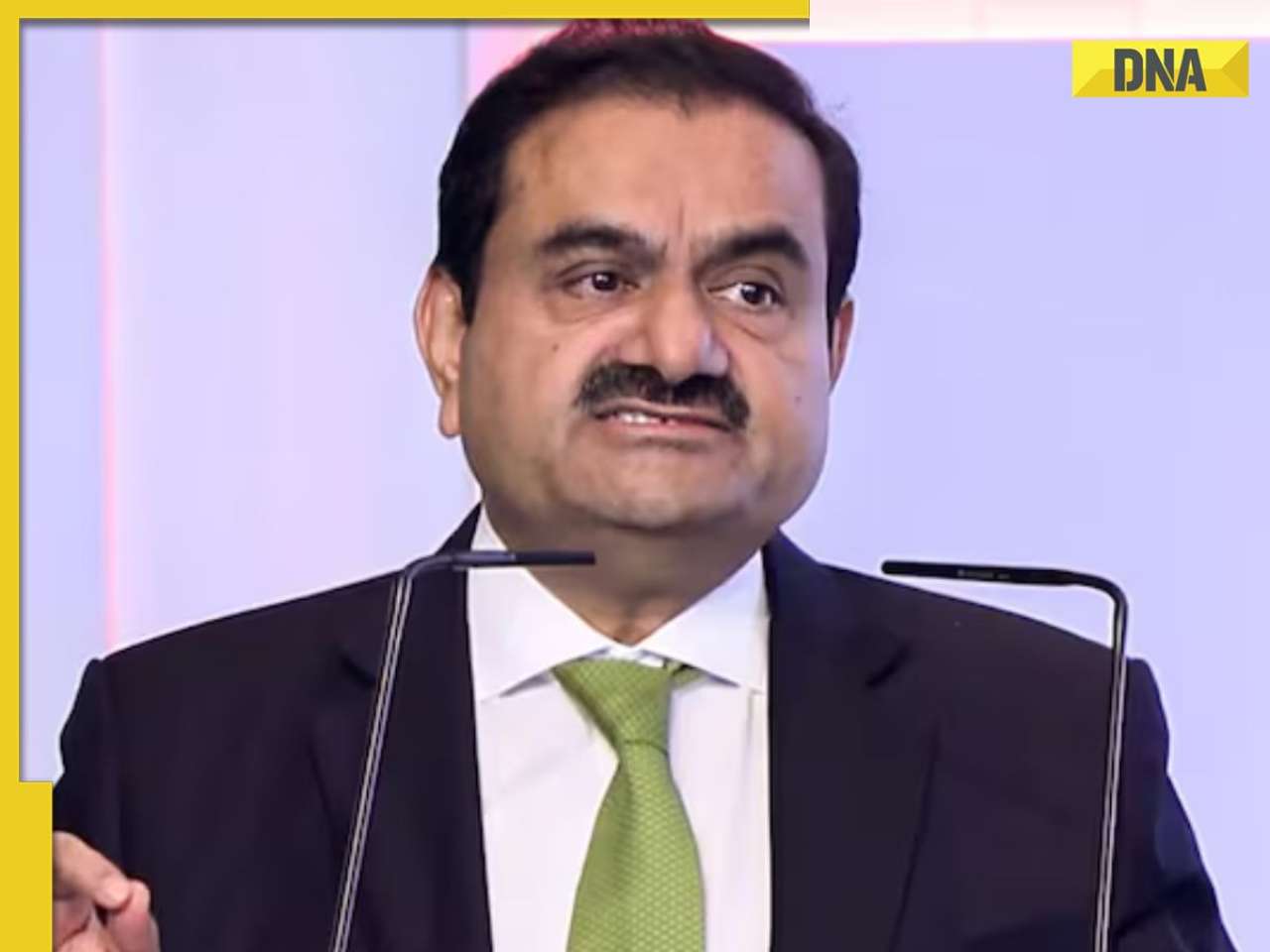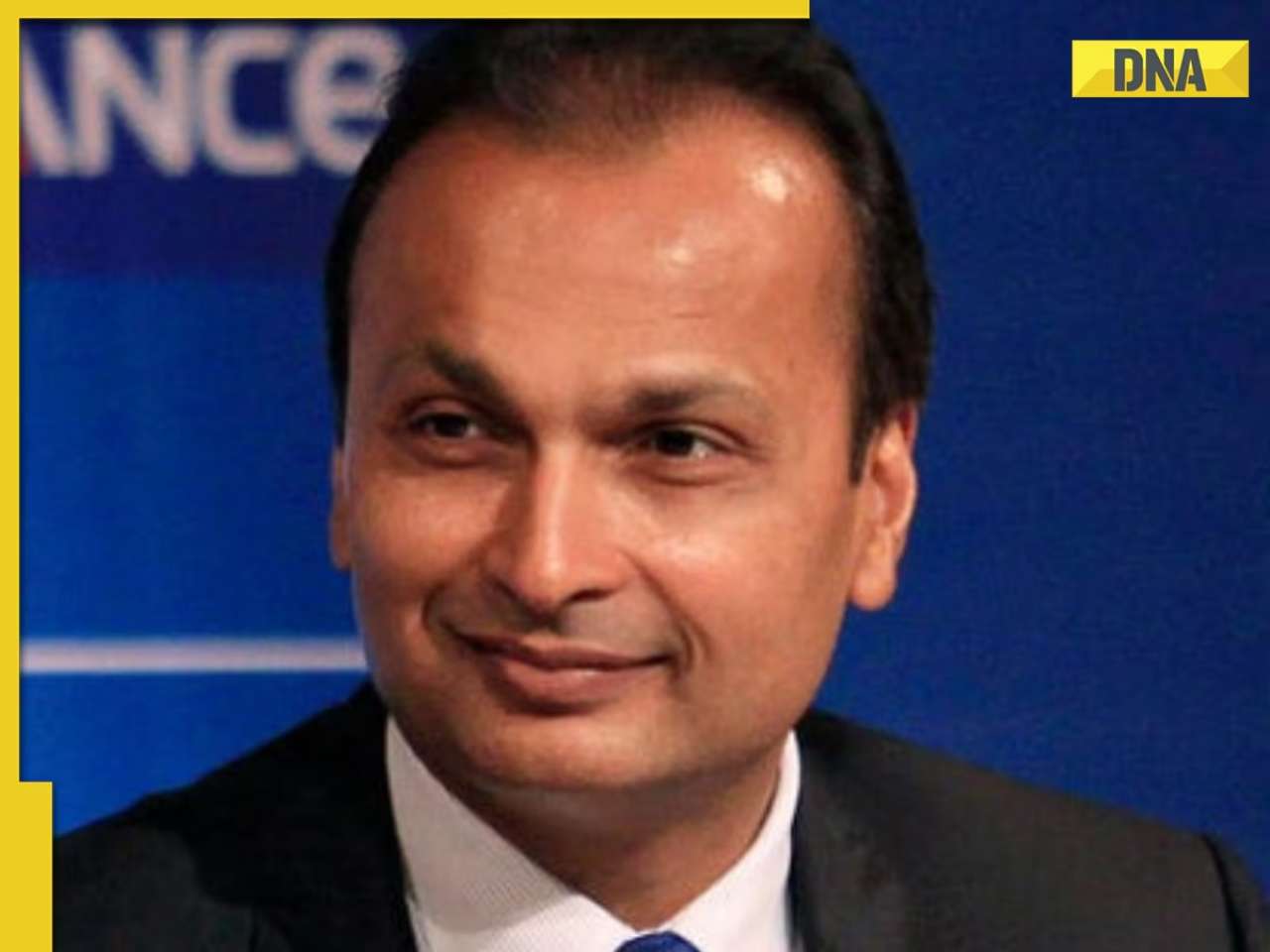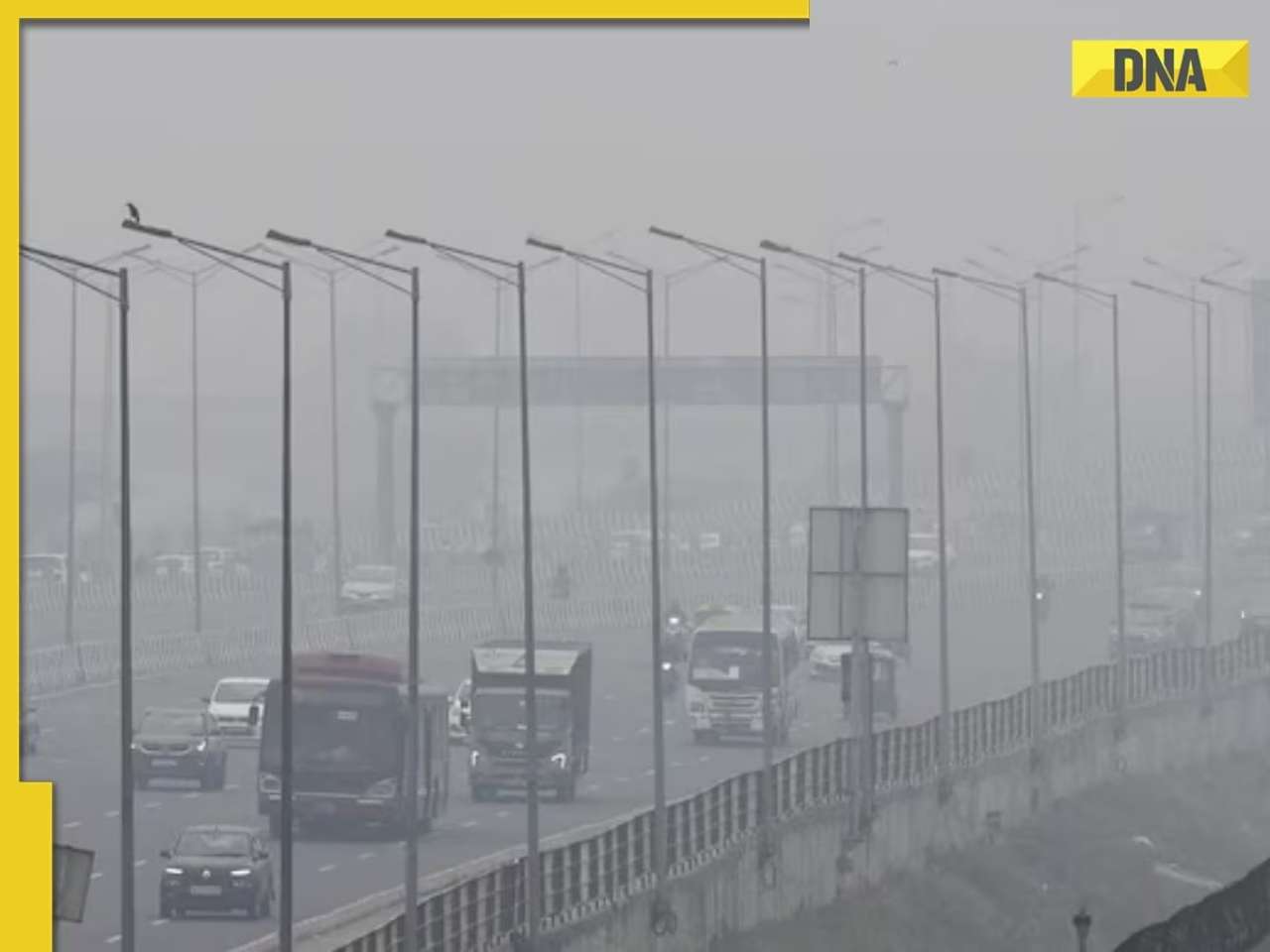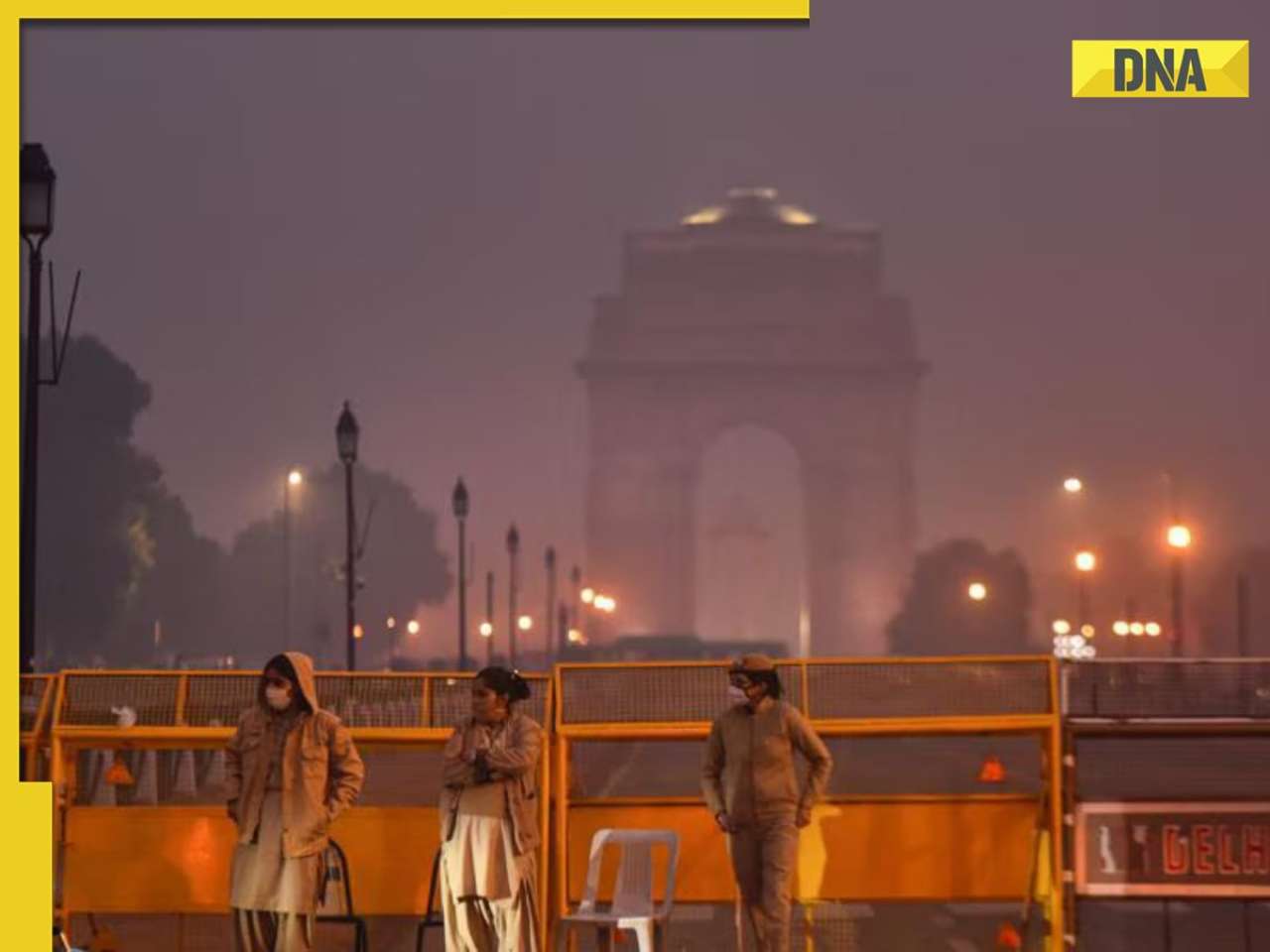- LATEST
- WEBSTORY
- TRENDING
INDIA
India's first air train to run at this airport: Check route, distance and other important details
The air train will also eliminate the shuttle bus service, which is regarded as slow and inconvenient by many people
TRENDING NOW
The management of Delhi International Airport Limited (DIAL) has recently come up with a major project for improving connectivity of passengers at the Indira Gandhi International Airport (IGIA) through issuing a tender for the development of an automated people mover (APM), or air train.
This system is planned to connect Terminals 1, 2 and 3 with distance of approximately 7.7 km with Aerocity and Cargo City stations. The project is expected to be completed by the end of the year 2027 to enhance the connection between terminals and also to minimize the environmental impact of the airport.
The air train will also eliminate the shuttle bus service, which is regarded as slow and inconvenient by many people. This project is expected to cost around Rs 2,000 crore; DIAL intends to execute this project under the DBFOT model. Tenders for the project are expected to be invited in October and November, and the contract for the project may be signed before the close of the current financial year.
DIAL's proposal initially included six stops along an eight-kilometre route; however, following government recommendations, the plan has been revised to three main stations: T1, T2/3, and Aerocity. This adjustment is expected to enable faster transfer and improve the security measures in the airport.
Being the single largest airport in India with operational capacity of over 70 million passengers per year, IGIA is already in the process of expansion to cater the future traffic. The air train is viewed as a much-needed enhancement of the infrastructure that will not only enhance passenger comfort but also accommodate the expected future traffic —25% of total passengers.
When implemented, this service is anticipated to be cost-free to passengers, with cost recovered from aeronautical revenues and user development charges.


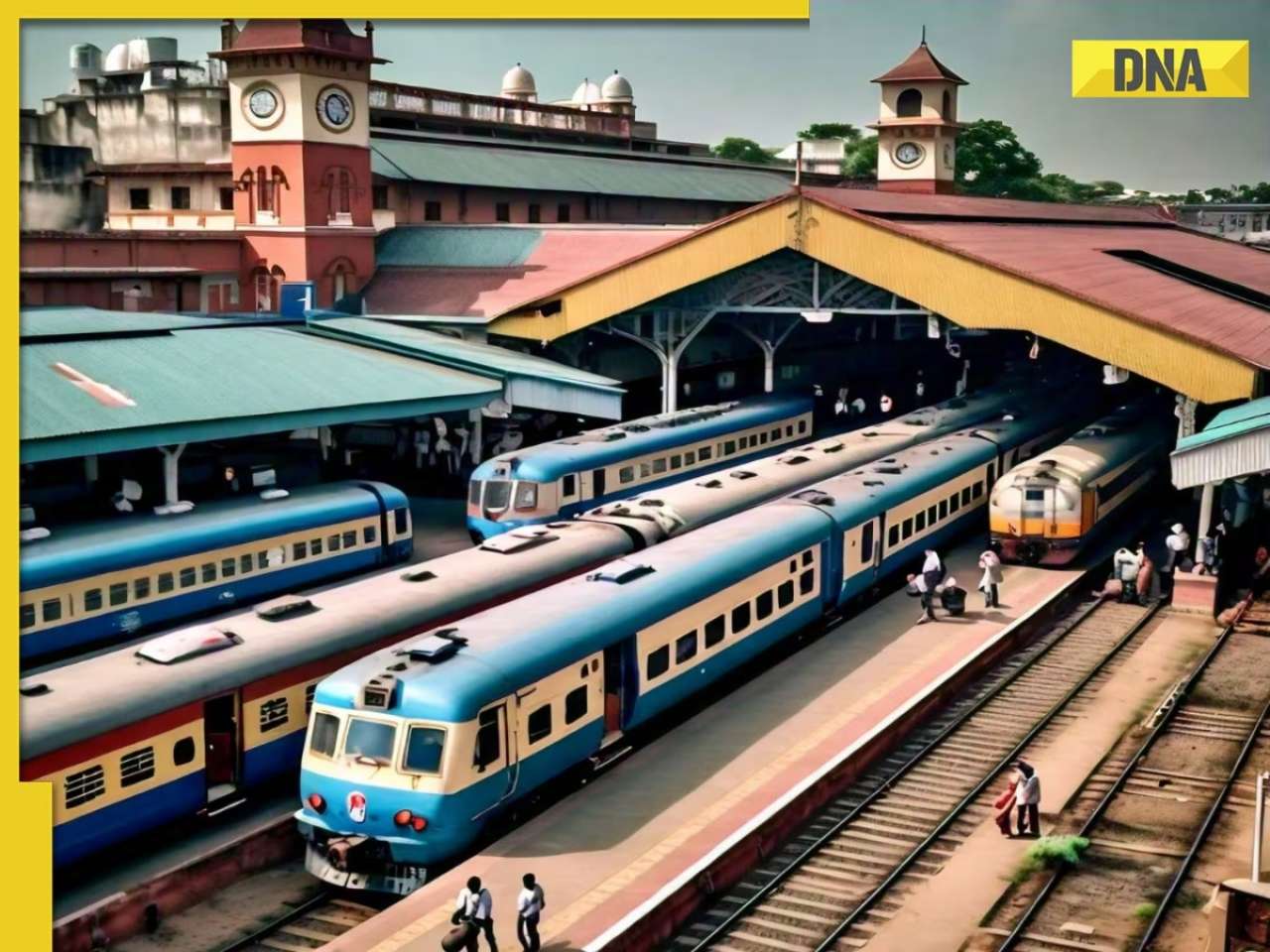




)
)
)
)
)
)
)
)
)
)
)
)
)
)
)
)








